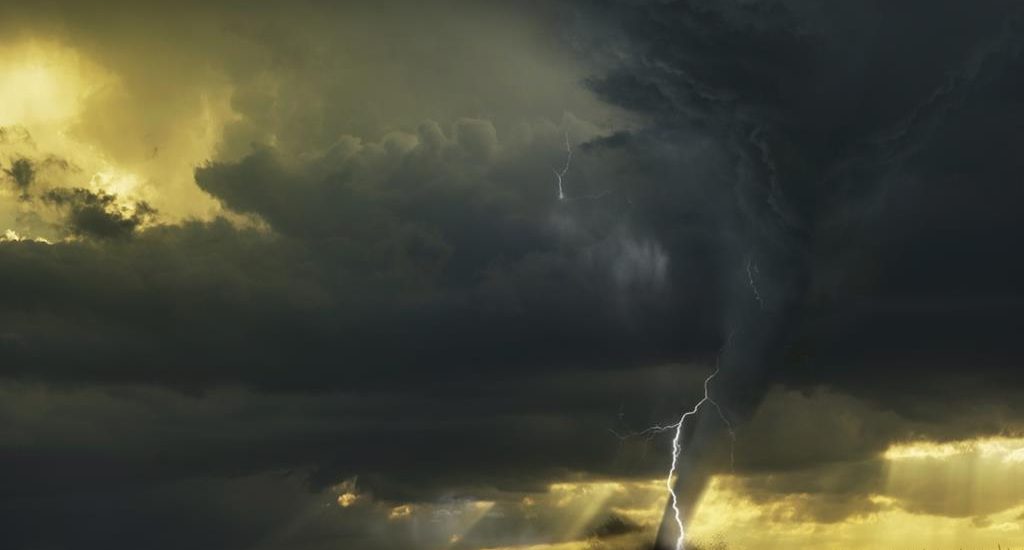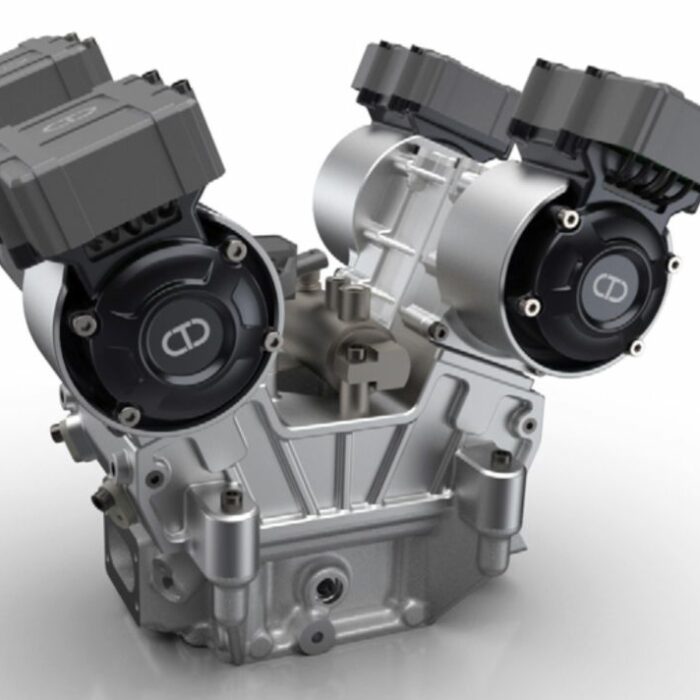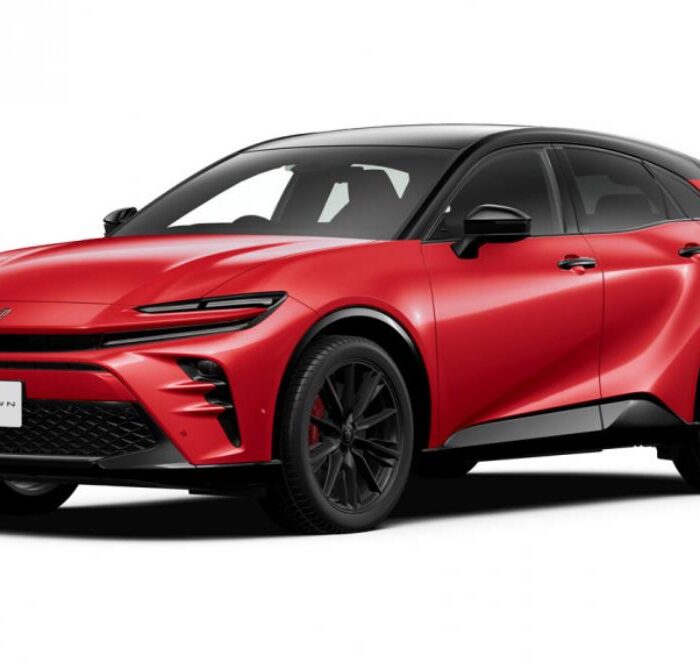How to Prepare Your Vehicle for Natural Disaster Emergencies
Natural disasters strike without warning worldwide, including earthquakes, floods, wildfires, avalanches, mudslides, and landslides. When disaster hits, countless vehicles and drivers find themselves in dangerous situations. This comprehensive guide provides crucial safety recommendations for driving during natural disasters and emergency preparedness tips that could save your life.
Driving Safety During Floods and Heavy Rain
Flooding can occur rapidly with little warning from emergency services. Every driver should be prepared to make quick decisions during flood emergencies. Here’s how to stay safe when driving in flood conditions:
Heavy Rain Driving Safety Tips:
- Reduce speed immediately and increase following distance
- Avoid using high beam headlights that can blind oncoming traffic
- Check windshield wipers and brake systems before travel
- Use fog lights only when necessary and appropriate
- Avoid overtaking large vehicles that create water sprays
- Remember: more water equals longer braking distances
Flood Water Driving Guidelines:
- Stay in the center of the road (highest point)
- Only drive through water up to ⅔ of your wheel diameter
- Drive slowly to avoid creating destabilizing waves
- Watch for hidden roadside gullies and hydroplaning risks
- If hydroplaning occurs: avoid sudden movements and don’t accelerate hard
What to Do If Your Engine Stalls in Flood Water:
- DO NOT attempt to restart immediately – this can cause expensive engine damage
- Wait 3 minutes for water to evaporate from the engine compartment
- If the engine won’t start after 10-15 minutes, use the starter to pull your car out
- Keep doors closed to prevent cabin flooding
- Shift to first gear and hold the ignition key to operate starter only
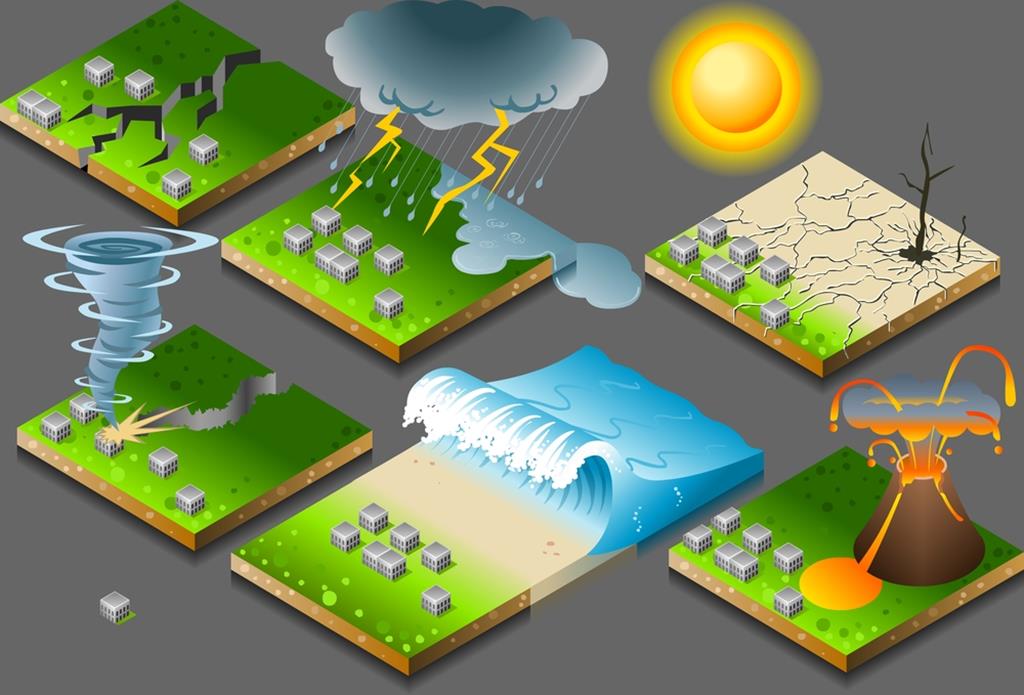
Post-Flood Vehicle Recovery:
- Turn off engine immediately after clearing flood water
- Park in a well-ventilated area and open all doors, hood, and trunk
- Remove seats and car lining if cabin was flooded
- Allow complete drying to prevent corrosion and fungus
- Perform complete diagnostic check before driving again
Earthquake Safety While Driving
Earthquakes can affect areas hundreds of kilometers from the epicenter. Here’s your step-by-step earthquake driving safety protocol:
Immediate Actions During an Earthquake:
- Stop your vehicle immediately – do not speed up or try to outrun the earthquake
- Turn off the engine and engage the handbrake
- Keep radio on for emergency updates and instructions
- Stay inside your vehicle until shaking stops completely
- Remain calm and help keep other drivers from panicking
Location-Specific Earthquake Safety:
- Near buildings/signs: Move away from anything that could fall
- On bridges/overpasses: Exit vehicle and move toward solid ground
- Near power lines: Stay far away from electrical hazards
- In parking garages: Exit vehicle and crouch beside it (never underneath)
Post-Earthquake Procedures:
- Assess vehicle damage and determine if it’s safe to drive
- Check passengers for injuries and provide first aid if needed
- Contact family members quickly to report your status and location
- Conserve phone battery for emergency communications
- Watch for aftershocks, landslides, and pavement cracks
Emergency Kit for Stranded Situations:
- Flashlight and extra batteries
- Water bottles and energy bars
- Sturdy shoes and warm clothing
- First aid supplies and medications
- Emergency radio and whistle
- Waterproof matches and rain gear
- Cash and important documents
Wildfire Evacuation Driving Safety
Wildfires spread rapidly with wind direction and can trap vehicles quickly. Early detection and swift action are crucial for survival.
Wildfire Detection and Response:
- Watch for smoke, flames, or burning smells
- Assess wind direction – fire spreads with the wind
- Leave the danger zone immediately if possible
- If evacuation by car is impossible, abandon the vehicle
Personal Safety During Wildfire Evacuation:
- Wet a towel or cloth to cover nose and mouth (prevents carbon monoxide poisoning)
- Avoid synthetic clothing that can ignite easily
- Grab essentials: phone, documents, money, emergency supplies
- Remember: your life is more valuable than your vehicle
Avalanche, Mudslide, and Landslide Safety
These geological disasters can occur suddenly and with devastating force. Understanding the differences and appropriate responses can be life-saving.
Mudslide Emergency Response:
- Mudslides can reach speeds of 10 m/sec and heights of 5-story buildings
- Upon hearing approaching flow sounds, climb up to 50 meters perpendicular to the flow
- Beware of large stones thrown by the moving soil mass
- If your car surfaces after being buried, exit immediately – second waves are common
Landslide Survival Guidelines:
- Landslides develop slowly, allowing time for evacuation planning
- If roads are blocked with no retreat route, establish a temporary camp
- Coordinate with other stranded drivers
- Provide assistance to injured individuals
- Ration food supplies for at least one week
- Wait for emergency services to arrive
Avalanche Prevention:
- Use anti-avalanche galleries (protective tunnels) when available in winter
- These structures protect vehicles during avalanche events
- Wait safely for emergency services to clear the area
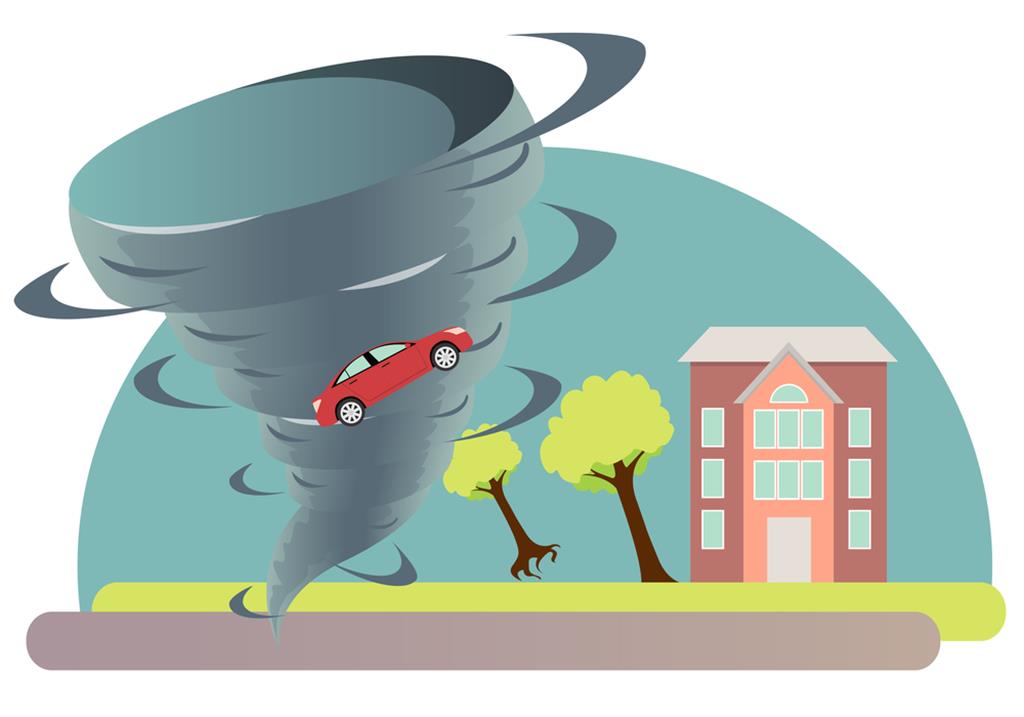
Essential Emergency Preparedness for Road Travel
Being prepared can mean the difference between life and death during natural disasters. Always maintain emergency supplies in your vehicle and stay informed about potential hazards in your travel areas.
Key Takeaways for Natural Disaster Driving Safety:
- Stay calm and avoid panic in all emergency situations
- Keep emergency supplies and communication devices readily available
- Know when to abandon your vehicle to save your life
- Understand the specific risks and responses for different disasters
- Maintain your vehicle in good condition for emergency situations
Life is unpredictable, but preparation and knowledge can significantly improve your chances of surviving natural disasters while driving. Stay alert, stay prepared, and prioritize safety over property.
Before traveling internationally, remember to apply for your International Driving Permit in advance to ensure legal compliance during your journeys.
Safe travels!

Published January 08, 2018 • 5m to read

